I discovered these plants with superpowers in Singapore, and now I’m determined to grow them in my own backyard
These 6 plants stole my heart in Asia for their taste, scent and intriguing properties

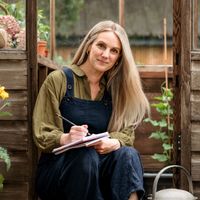
If there is one thing I adore about traveling to new places, it’s discovering local plants, flowers and crops - and seeing which varieties of native flora are thriving in the wild. On a recent visit to Singapore, it's no exaggeration to say the jungle-esque planting was supersized throughout the city state.
The climate in Singapore is hot and humid all year round - a perpetual summer - which allows for a vast range of tropical plants and vegetables to grow very happily. The plants are colossal as a result, providing much inspiration for my tropical garden ideas. I saw 9ft tall fiddle leaf figs towering over balcony gardens, and at a park the leaves of an elephant ear plant (Colocasia gigantea) utterly dwarfed me - they were a welcome source of shade during the midday heat.
Some plants and crops, however, were a little more unassuming, but no less impressive. On a visit to an urban farm, I discovered a whole range of herbs, trees, fruits and vegetables thriving in this climate that have incredible uses - definitely plants with superpowers. I’ve gathered some key information and the optimal growing conditions for each one, to see if I can grow some of these amazing plants back home.
Moringa tree

The moringa tree, or Moringa oleifera has lots of well known nutritional benefits and is sometimes referred to as the 'miracle tree' for its medicinal qualities.
According to Carolyn Ortega in the book Kampong Plants & Kampong Planting, written for Bollywood Farms in Singapore, every part of the Moringa tree can be eaten - the bark, seeds, roots and flowers.
Carolyn writes: 'Its tender young leaves are delicate and flavorful, similar to spinach and can be added to curries. Young pods containing edible seeds are also a treat - they taste like green beans.'
The moringa is native to India and Bangladesh and can grow up to 20ft in height. Its light and delicate leaves provide a gentle canopy of shade, and in its ideal habitat it can flower twice a year - once in winter and again in early summer. It prefers temperatures between 77°F and 95°F to grow well outside.
Design expertise in your inbox – from inspiring decorating ideas and beautiful celebrity homes to practical gardening advice and shopping round-ups.
However, it is possible to grow a moringa tree in cooler climates. It can either be grown in a pot and overwintered indoors in a warm and sunny location, or grown as an annual outdoors, which will lose its leaves and go dormant in winter.
You can find moringa trees available at Fast Growing Trees.
Ideal for USDA hardiness zones 10-11
Achiote
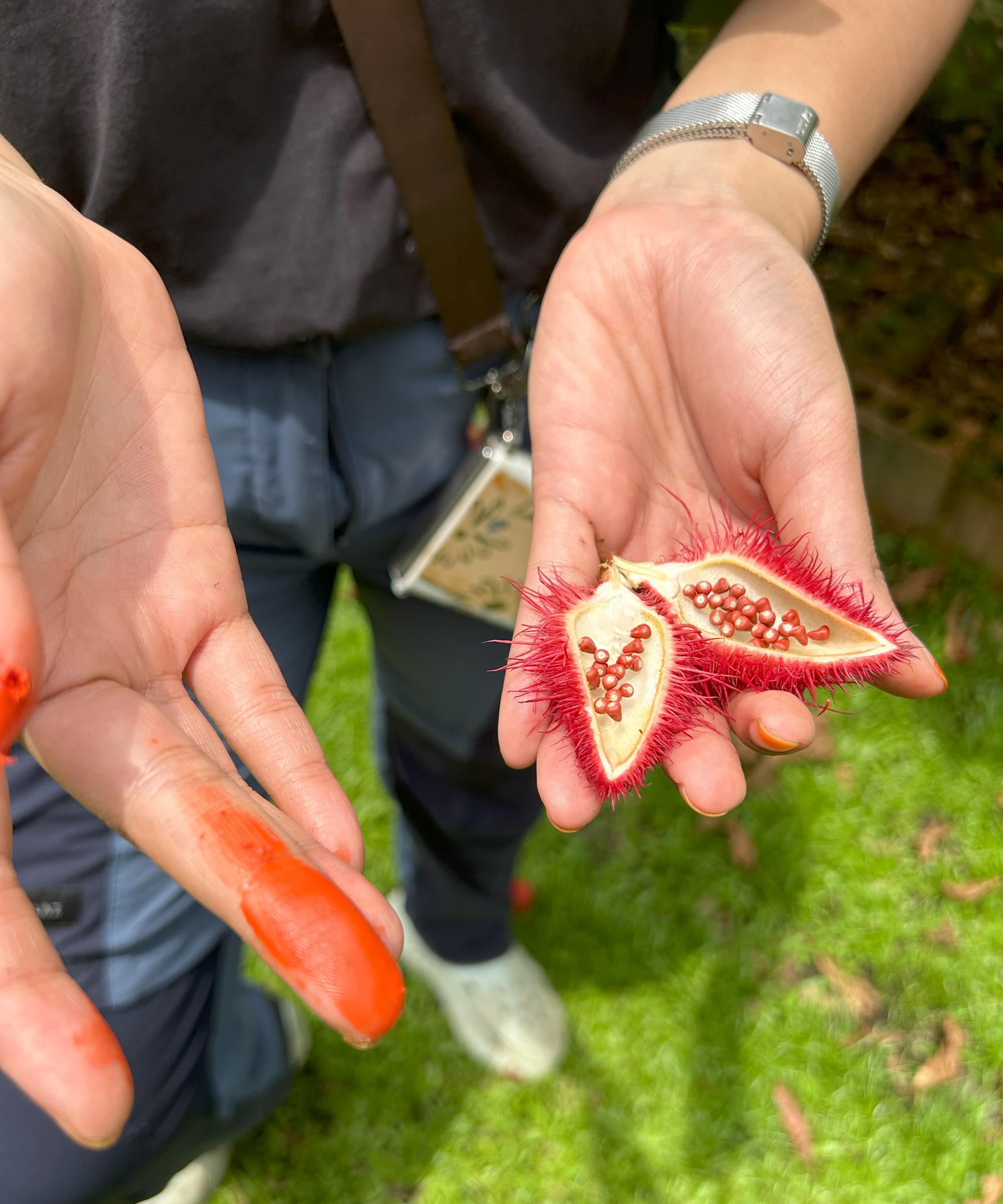
This has to be my favorite new plant discovery and most certainly falls into the category of plants with superpowers. The achiote tree, or Bixa orellana, is more commonly known as the lipstick plant.
It has bright pink flowers, which form seed pods once wilted. When split open, these red, heart-shaped fruits contain seeds encased in a layer of orange pulp, that can be crushed into a paste immediately resembling the texture of lipstick. The seeds contain a pigment called bixin, which is used as a natural dye and food coloring.
Achiotes are evergreen trees, which grow to approximately 12ft tall, and like a full sun position. They are native to Mexico and the tropical parts of South America, and as long as they receive adequate sun and heat they will grow with little effort in rich soil and with constant moisture.
As with the moringa tree, if you want to try and grow achiote in a colder climate, consider placing in a large pot and moving into a greenhouse or warm conservatory when temperatures start to drop.
Ideal for USDA hardiness zones 10-12
Calamansi lime
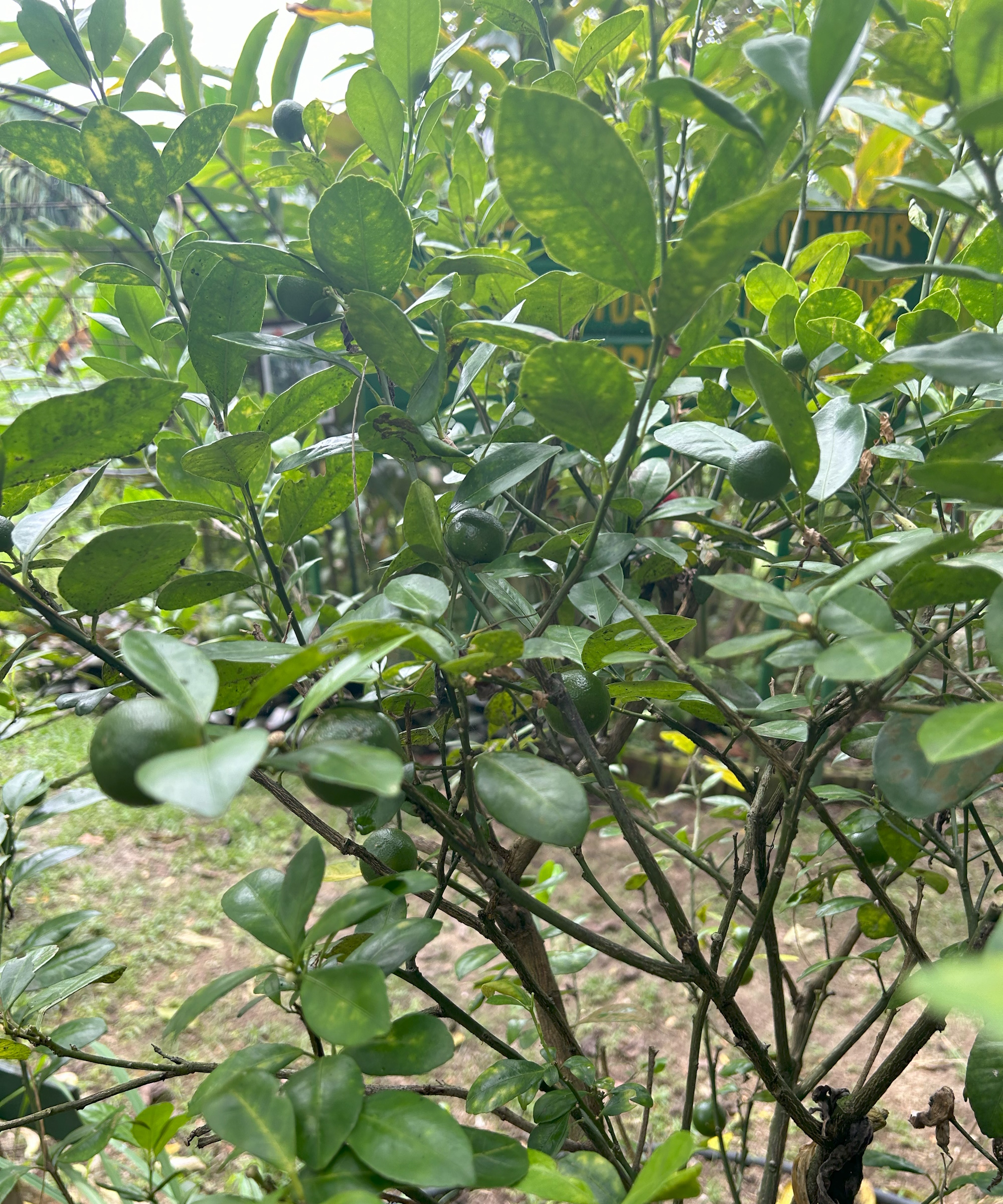
One of the most delicious drinks I tried in Singapore was iced calamansi juice - the most refreshing thing when the tropical heat gets intense, and a welcome source of vitamin C.
These miniature limes grow from the Calamondin tree, native to the Philippines, which requires 6-8 hours of sunlight a day to fruit. It works very well as an ornamental tree, and could be grown in a sunny spot as a tropical indoor plant.
If grown outdoors, they are drought-tolerant and hardier than most citrus plants. These trees are heavy feeders, so consider feeding them with a slow-release fertiliser up to four times a year.
Ideal for USDA hardiness zones 8-12
Sawtooth coriander

One glance at this herb and you'd think it was a weed. Had it not been so well signposted, as you can see from the image above, I wouldn't have looked twice.
Bearing resemblance to a dandelion with its star-shaped growing formation, sawtooth coriander is a stronger, and in my view, even more flavorful version of its regular cousin, cilantro. The edges of its leaves are jagged, which gives this herb its name.
It thrives in hot and humid conditions, so if you live in a cooler climate consider trying this in a greenhouse, or a warm spot in your home. You could also grow it in a humidity dome, such as this one from Amazon.
Also known as Thai coriander, it is packed with calcium, iron and riboflavin, and it's said the leaves can help to remedy flu, constipation and fever.
Ideal for USDA hardiness zones 8+
Pandan
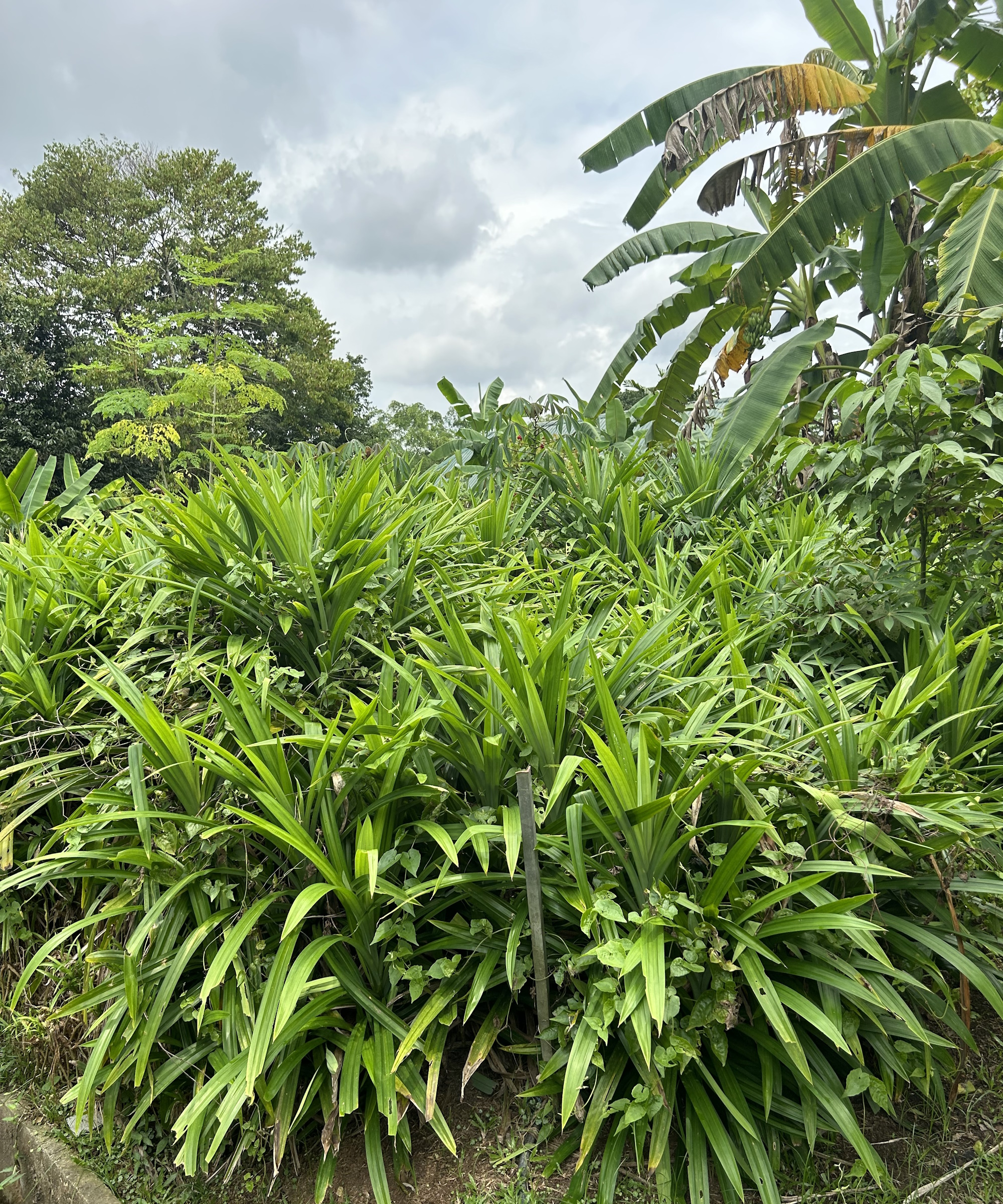
Pandan is among the best plants with superpowers I've ever discovered. Scientifically known as Pandanus amaryllifolius, this herbaceous tropical plant is an integral ingredient in Southeast Asian cooking.
It has sweet, fragrant leaves used to flavour many dishes in Asia - especially deserts and rice. It is also used as a green food coloring, and its leaves are sold fresh, frozen and dried.
It is said to have many health and wellbeing benefits. As Carolyn Ortega writes, research has found that 'oils made from pandan extract are rich in phytochemicals known to relieve symptoms of arthritis'. She also notes it can ease headaches and joint aches.
In its natural environment, pandan prefers well drained, moderately fertile soils. In cooler climates, grow pandan in a pot with a good quality potting mix. If the temperature falls below 50 F°, it is best to move it indoors for protection.
Ideal for USDA hardiness zones 8-11.
Laksa
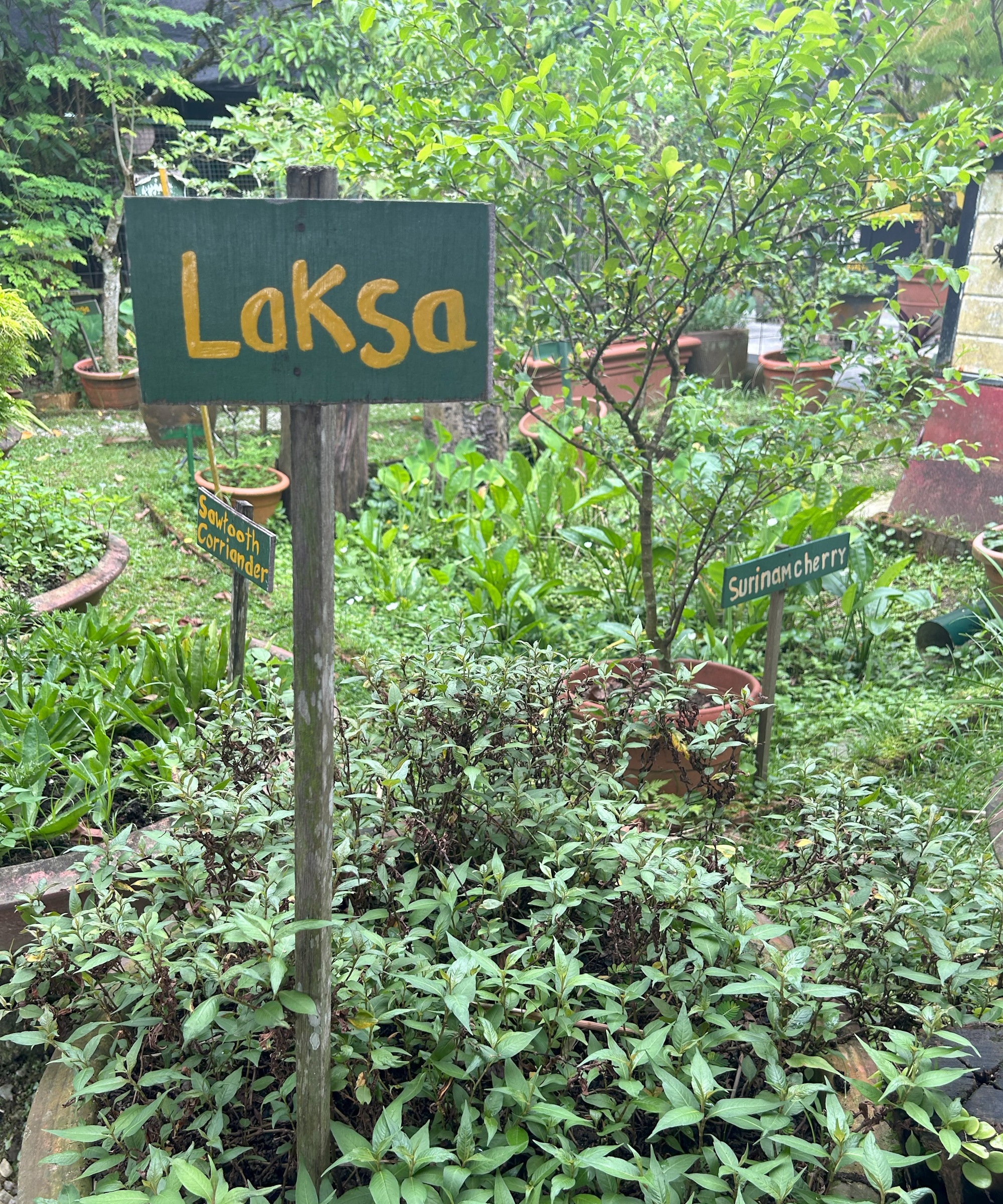
Similar to pandan, laksa is widely used in Southeast Asian cooking for its distinctive flavor in a huge variety of dishes.
This aromatic herb is a good source of vitamin A and C, and the leaves also contain calcium, potassium and phosphorus. In traditional medicine, the leaves are thought to relieve symptoms of indigestion.
The plant enjoys a hot and humid environment, and is tolerant of tropical rainfall and waterlogged, loamy soil. Laksa ideally wants 4-6 hours of sunlight a day, but it can grow adequately with less. It will also grow well in a pot - doing so will mean you can move your herbs into the sunniest spots in the yard when needed.
Ideal for USDA hardiness zones 9-11.
I love discovering new and interesting plants with superpowers, and learning how best to grow them. With native tropical plants, it can be tricky for many of us living in cooler climates to get the growing conditions exactly right, but with a little planning and the help of a greenhouse it might not be impossible. Plus, there are always other plants to try with similar culinary qualities, such as this unusual herb selection we profiled in a recent feature.

Rachel is a gardening editor, floral designer, flower grower and gardener. Her journalism career began on Country Living magazine, sparking a love of container gardening and wild planting. After several years as editor of floral art magazine The Flower Arranger, Rachel became a floral designer and stylist, before joining Homes & Gardens in 2023. She writes and presents the brand's weekly gardening and floristry social series Petals & Roots. An expert in cut flowers, she is particularly interested in sustainable gardening methods and growing flowers and herbs for wellbeing. Last summer, she was invited to Singapore to learn about the nation state's ambitious plan to create a city in nature, discovering a world of tropical planting and visionary urban horticulture.